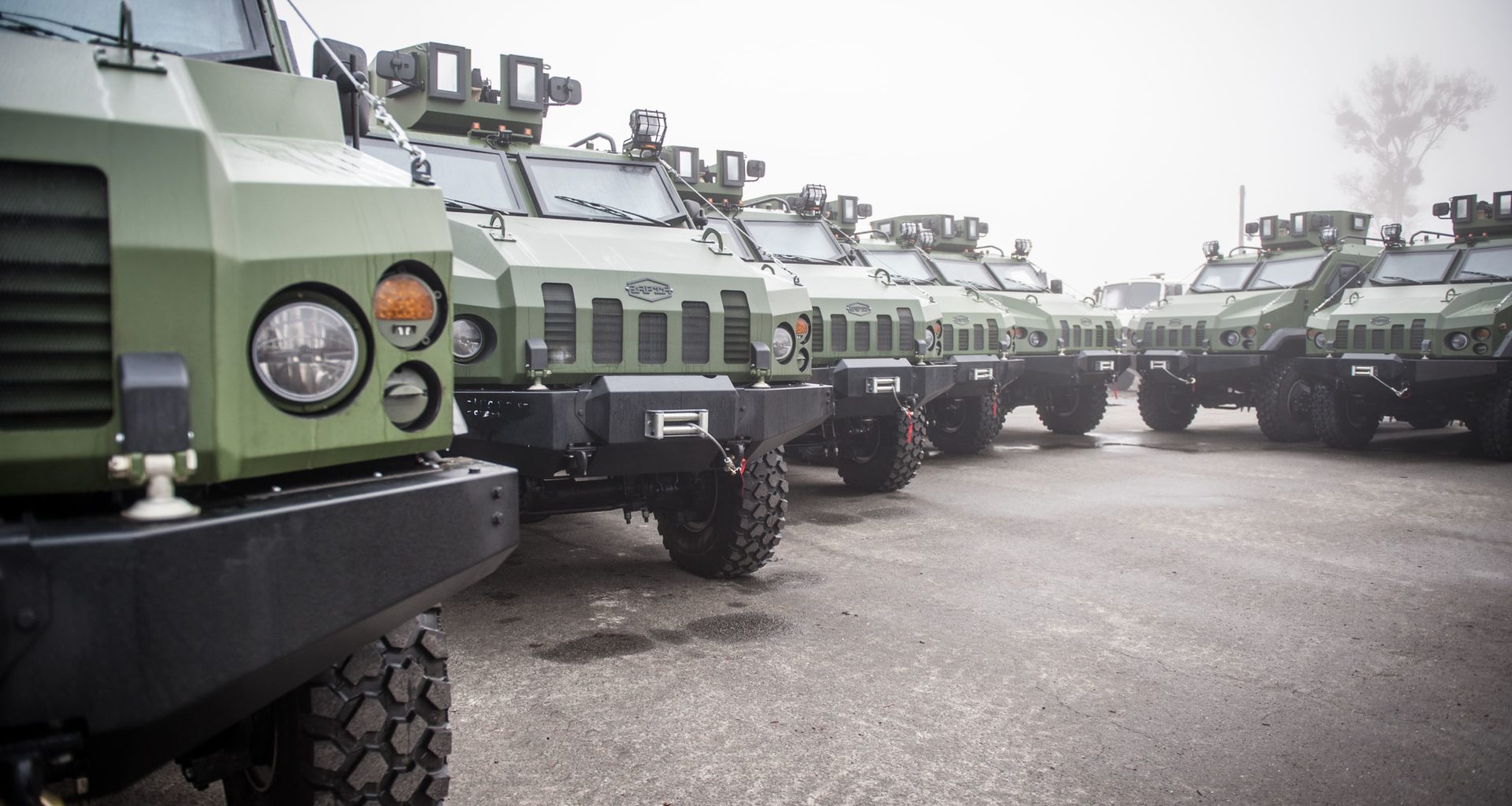130% surge in revenue
In 2022, following Russia's full-scale invasion, the Ukrainian Armor's revenues skyrocketed by over a hundred times, reaching 13 billion hryvnias ($350 million). Belbas acknowledged further income growth in 2023, though he did not disclose figures. The primary revenue source is arms imports for the Ukrainian army, followed by armored vehicle and mortar production."I must disappoint you. Since founding, the company has not once paid dividends, instead investing all profits into defense assets. The profits themselves are modest – around 3%," Belbas said.
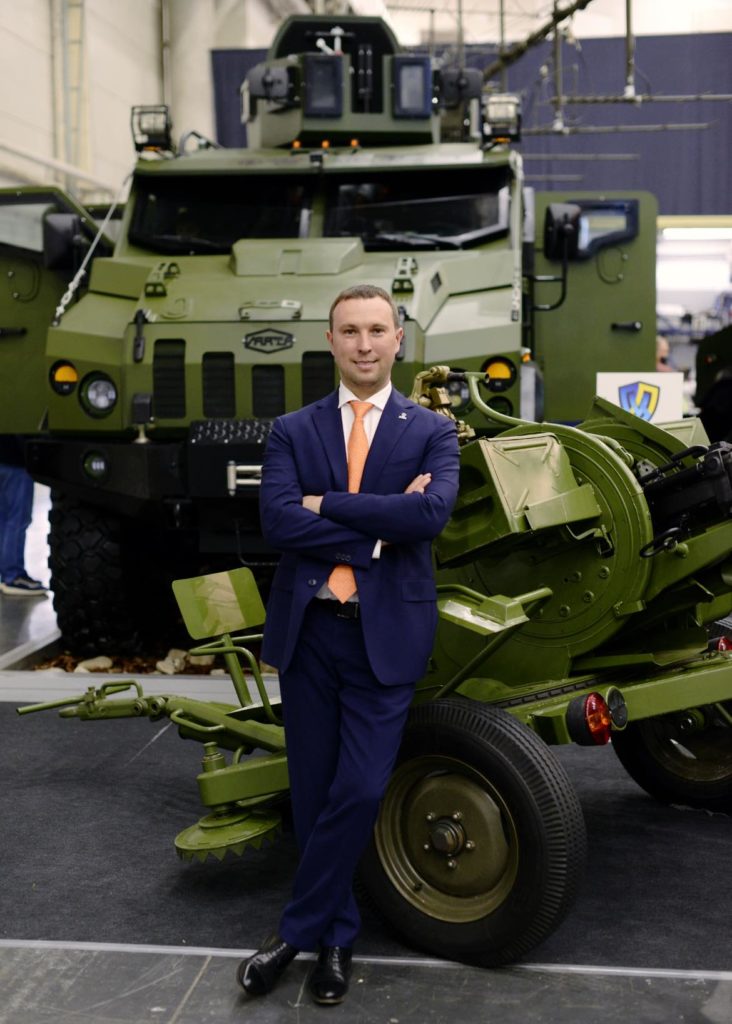
"The contracts have lost power, but I believe we will have a long line of buyers post-war. Our products have proven themselves," Belbas stated.
Challenges of relocating production in Ukraine
Relocating production is tricky due to Ukraine's open registries. Once land is purchased, data becomes public, enabling Russian targeting. In 2023, Russians in a day destroyed a missile program participant's facilities across Ukraine. To minimize risk, Ukrainian Armor diversifies information flows. For instance, the President's office is unaware of plant locations. Additionally, the company operates on leased premises with non-convoy equipment transport."Some companies mandate polygraph tests for entry. We don't go that far, only hiring based on published resumes without our own listings," says Belbas.Relocating doesn't guarantee full staff acquisition. The company once struggled with hiring after a move, returning to Kyiv. Regarding spies, according to Belbas, there have been none among his subordinates.
"We find GPS trackers on ammunition and component trucks. How they got there – we don't know. They somehow appear across the border or at crossing points. But catching perpetrators is difficult with cargo traveling through six EU countries," says Belbas.Ukraine underinvests in strategic company security around construction, land, and relocation. State funding focuses on state-owned entities.
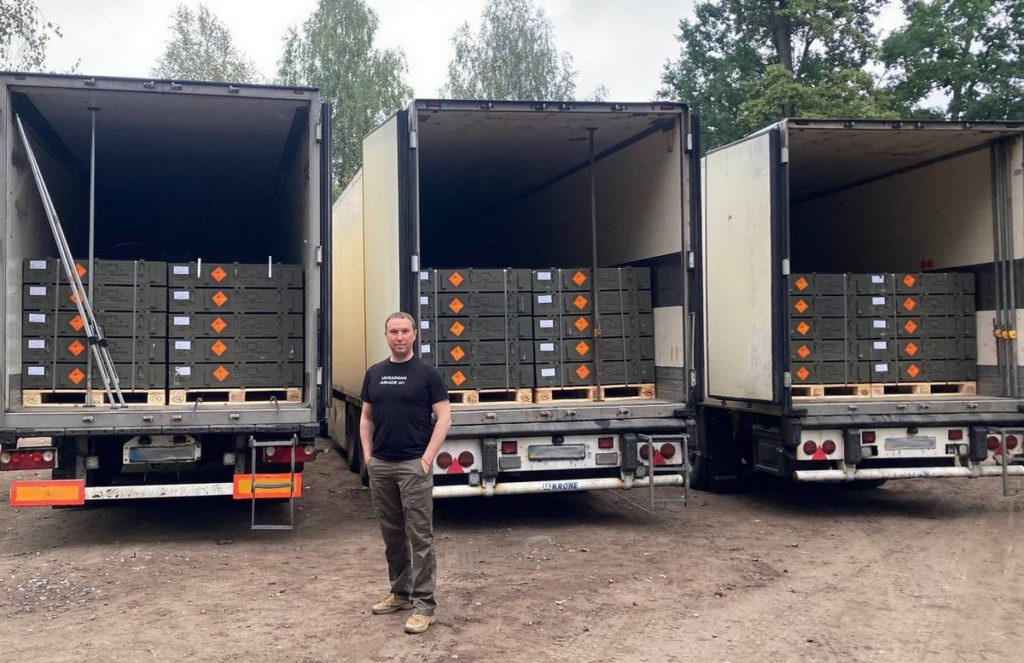
The Pashynskyi factor
Belbas denies rumored actual ownership by the former Ukrainian MP Serhiy Pashynskyi."Registers show beneficiaries in detail. Pashynskyi is not our owner. We have a fairly transparent ownership structure; all the beneficiaries are currently in Ukraine. People who want to hide an owner use offshore companies and trust declarations. We don't have anything like that," Belbas says.
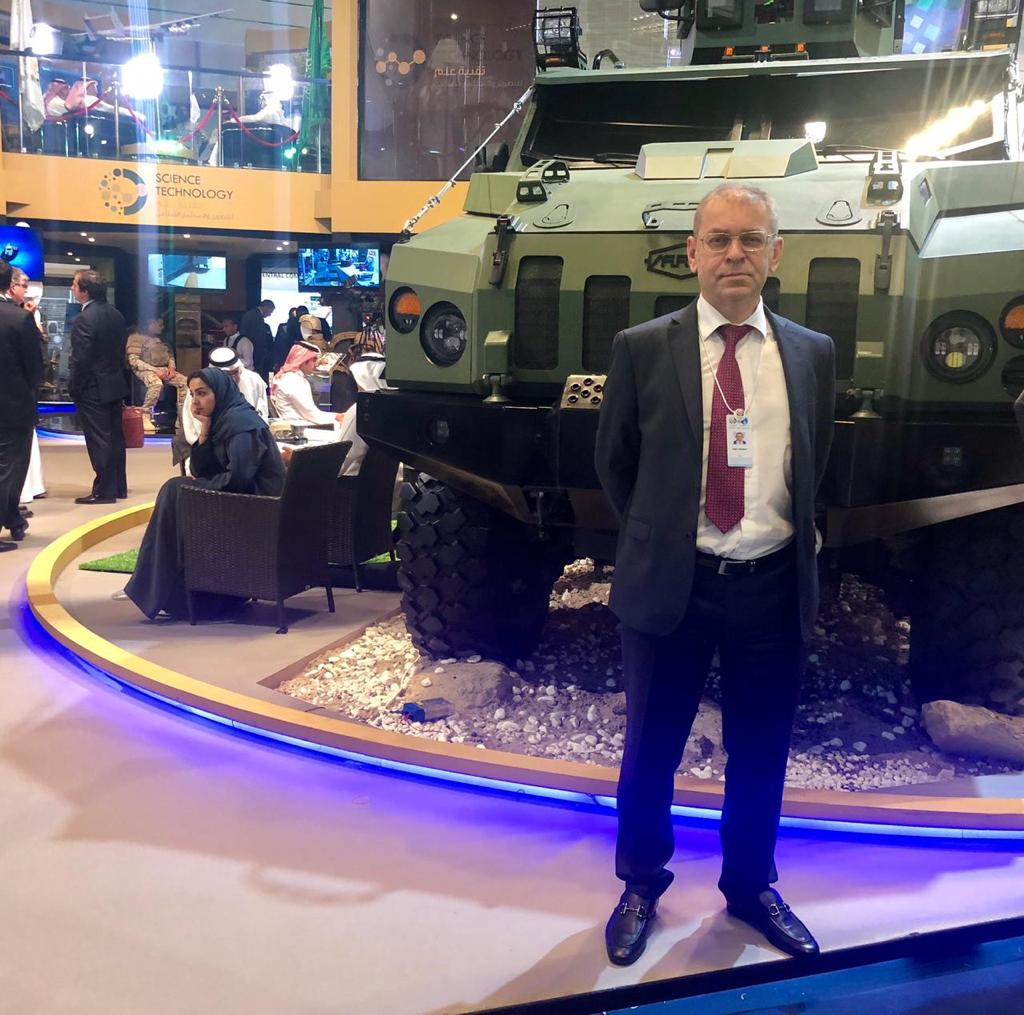
"Pashinskyi has strong defense experience and leadership. That's why we and others communicate with him on security, asset disclosure, addresses, and financials," Belbas assured.
Wartime production boom
The flagship product of Ukrainian Armor is the Novator armored vehicle. They have manufactured several hundred units and continue to ramp up production, now producing in a month, which used to take a year. All state agencies except the Border Guard commission Novator. The vehicle boasts a 50-50 ratio of Ukrainian to imported components, considered a high standard by Belbas.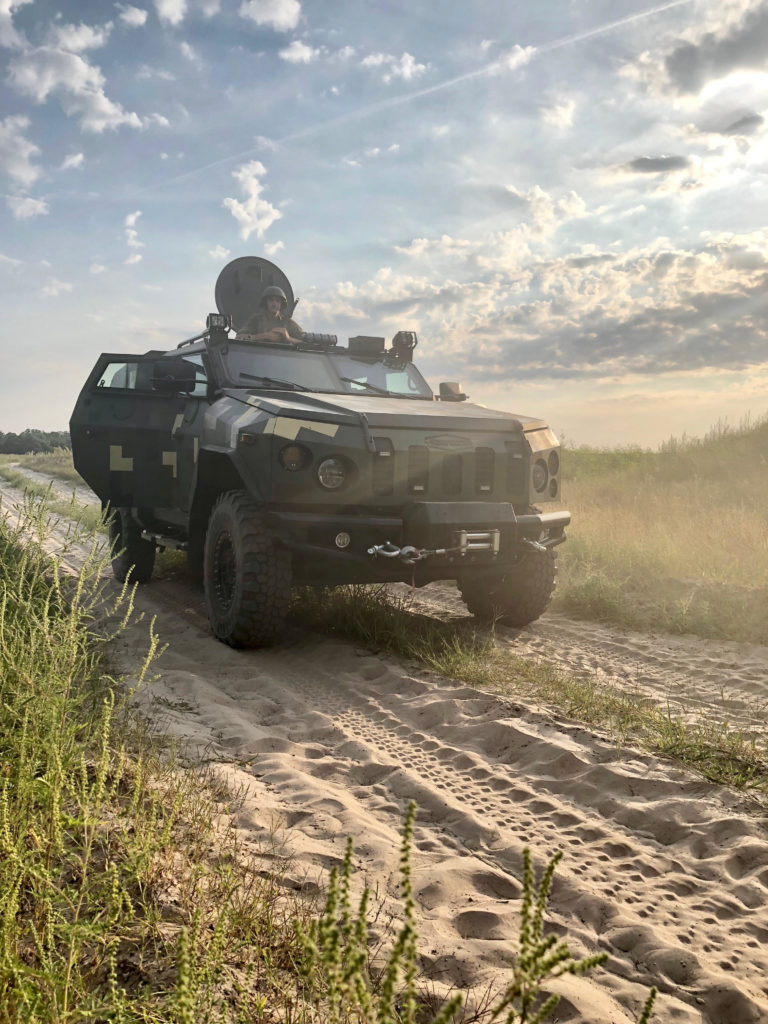
Trending Now
"Ukraine's General Staff and Ministry of Defense have a somewhat flawed perception of Western technical support. Western governments, not companies, purchase the equipment for us, yet Western manufacturers take advantage of this. They come to Ukraine and say: we gave you 200 vehicles for free, now buy more from us for money. But this is not necessary or obligatory," said Belbas.A key modern trend is the need for lighter armored vehicles to enhance speed and reduce vulnerability to anti-tank guided missiles (ATGMs). The company is developing drone protection for Novator using dome-shaped electronic warfare systems, likely to be provided by the company Kvertus, known for cost-effective EW solutions. While Ukraine doesn't manufacture infantry fighting vehicles (IFVs), Ukrainian Armor is exploring licensing options for local production of the ASCOD IFV, initially developed by several EU member states.

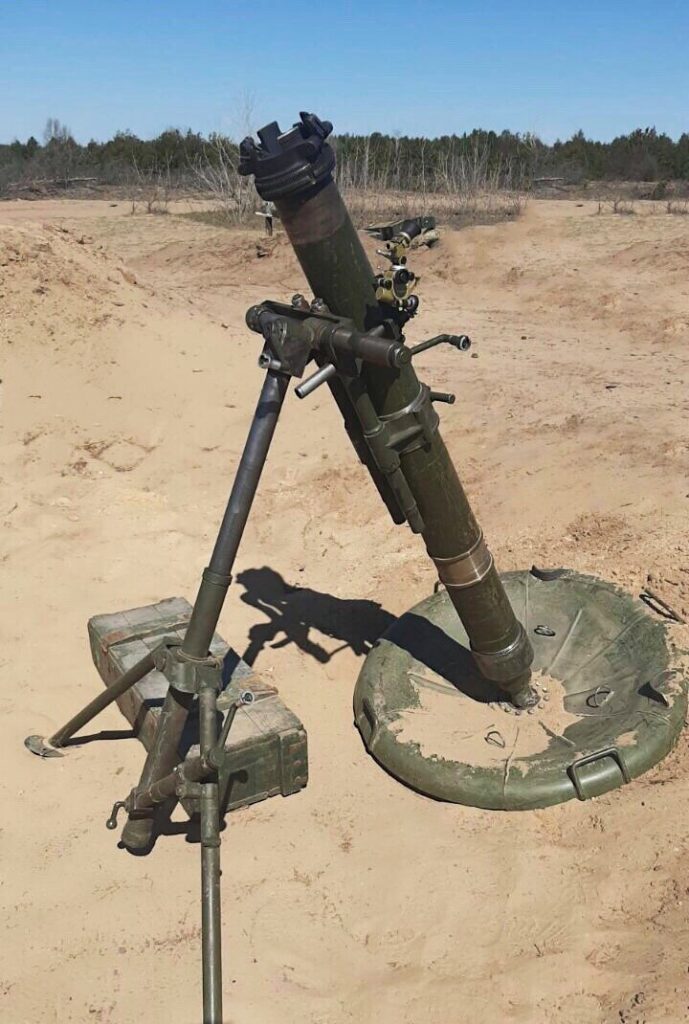
"Ukraine does not have gunpowder production, and building such a factory during wartime is impractical. Gunpowder loves to explode. As soon as such a factory appears, the Russians will destroy it," said Belbas.Currently, a court case involves a subcontractor of Ukrainian Armor, namely, the company Vohnyana Varta. The investigation alleges the use of blank cartridge gunpowder in shells. Ukrainian Armor covers warranty repairs independently and has severed ties with the subcontractor.
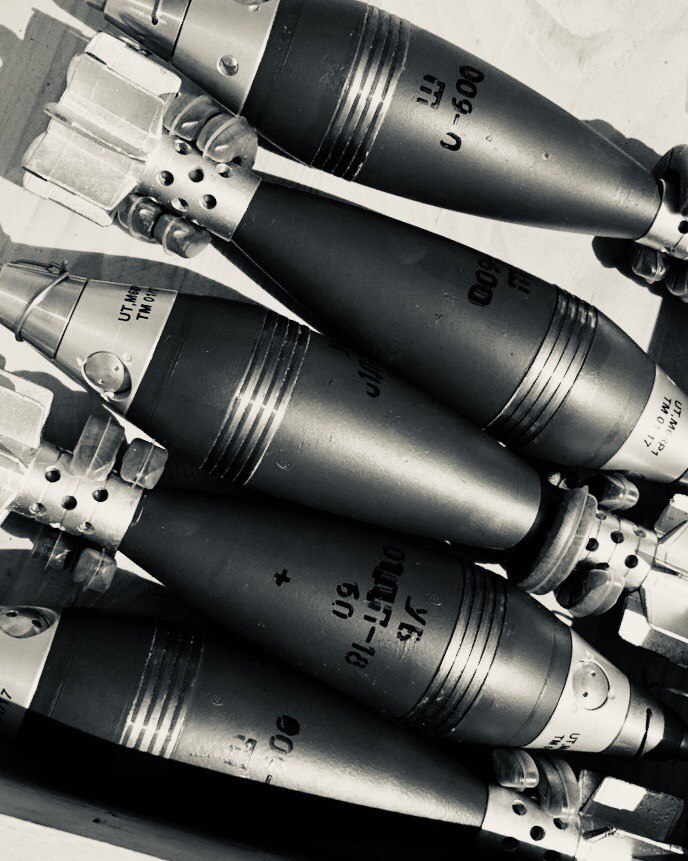
Skilled trades in demand
At the outset of the full-scale invasion, 30% of the Ukrainian Armor's staff were combat veterans. All of them volunteered for active duty; recalling them is not an option. The company needs more experienced designers and developers with expertise in designing armored vehicles and ammunition. The market lacks experienced professionals in the defense sector, as Ukrainian universities still need to produce such graduates. Among skilled trades, there is a significant need for more highly qualified welders. Recalling engineers from the front or assigning them to factories could address this. Efficiently utilizing human resources is crucial, especially given Russia's population of 140 million compared to Ukraine's 30-40 million."Alternatively, form those evading service into labor battalions for military factory work. Welding is complex, but operations like assembling mortars are accessible," Belbas suggested.Belbas claims Ukrainian Armor runs more efficiently than state-owned defense firms, pouring profits back into manufacturing rather than big salaries and trips. However, Russia tries to impede purchasing weapons abroad.
"We located fighter jets in a country across the planet and started negotiating a purchase. But somehow Russia obtained a letter about the prospective deal. A representative of the Russian embassy in that country began walking around with this letter, threatening local officials that Russia would shut down certain projects for that country. As a result, the deal was ruined," he said.Ukrainian military gear actively features in global exhibitions, but contract discussions are restrained due to concerns about the perceived risks of collaborating with Ukrainian companies. Simultaneously, Western firms are entering Ukraine, eyeing the establishment of their factories.
"Corruption is often said to be the main problem plaguing the industry. But no! The real issue lies in the lack of qualified people and competencies. And when Western companies come with their own people, knowledge, and technologies - that is an absolute positive," Belbas believes.
Belbas fights $2.2 million embezzlement case
From 2014 to 2018, Belbas served as the deputy director of the state-owned company Spetstechnoexport, which buys and sells weapons abroad. During that period, management faced accusations of embezzling $2.2 million from an export contract. Allegedly, they paid this money to an agent company that provided no services. Belbas denies wrongdoing, saying there was no damage."I've been going to court for 5 years without understanding why. The plant says it's not a victim, and inspections revealed no misappropriation. The Audit Service claims payment asset losses, but not damages," he said.Belbas argues an agent is necessary to enter any foreign market, and the investigation can't prove services weren't provided.
"They claim illegality because a letter terminated agent cooperation, but agents are paid from buyer funds proportionally if you sign the contract and receive payment," he asserts.
Navigating profits in Ukraine's defense
Ukraine needs a long-term policy for manufacturing planning. Bielbas says his company only receives chassis paid for in November 2022, while state contracts last 6 months. Ukrainian Armor wants a more extended plan to know the number of vehicles to supply by year-end to ease building production chains. Meanwhile, the Defense and Strategic Industries Ministries prioritize contracts with domestic manufacturers, which is good. Partially opening weapons exports could utilize idle capacity. Some companies have full domestic orders, but many are partly idle or producing goods the military doesn't buy."Why do we limit our economy when we talk of the economy of war? We need a market, not a farce," said Belbas.

"To win, Ukraine must stock spare parts, train maintenance crews, and keep equipment combat-ready with short supply lines. And develop what Ukraine's industry can produce. Then it will pay off," assures Belbas.Read more:
- Meet Bohdana, Ukraine’s gritty goddess of war with NATO-caliber punch
- Kharkiv presents upgraded armored vehicles, hands over first two cars to military -
- Artillery chief: 1 in 5 shells now "made in Ukraine"
- Ukraine to assemble German Vector drones and produce spare parts for them
- Ukraine aims to produce 1 million FPV drones and thousands of advanced UAVs in 2024

